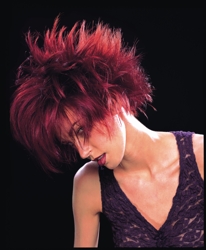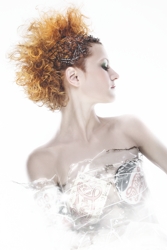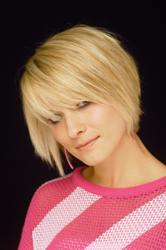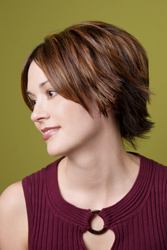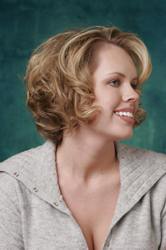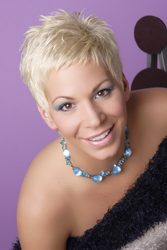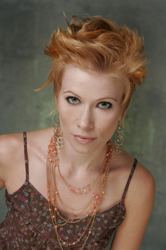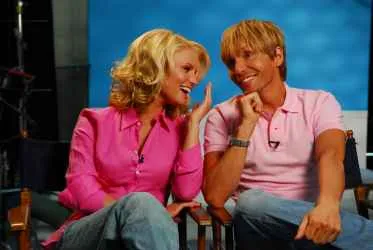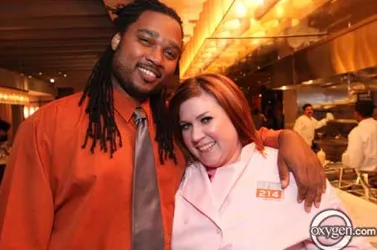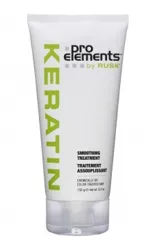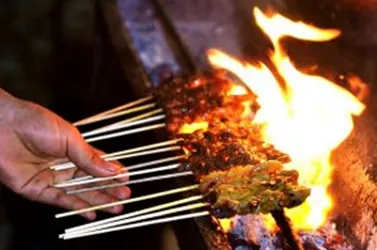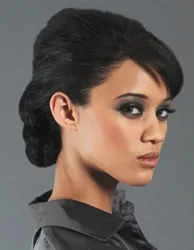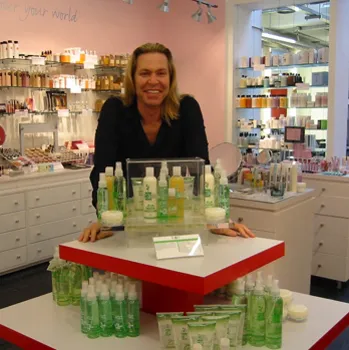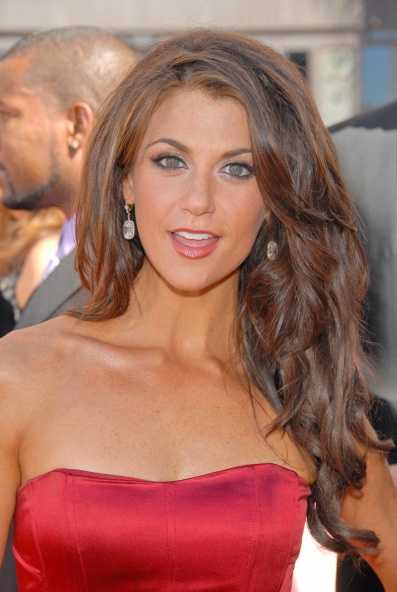
Fried Hair Truths
Introduction
Men and women have been battling fried and damaged hair for hundreds of years. Even as far back as Victorian times, women have been going to great, often painful lengths, to alter the natural texture of their tresses. Curling stick straight hair was a popular method which was regularly undertaken regardless of the fact that utilization of super hot curling tongs would often result in burnt fingertips and frizzy, fried strands. It seems hard to believe that even in current times damaged and destroyed cuticles remains a constant, if not increasing problem. Why does this trend perpetuate and what can you do to prevent the problem with your own precious locks? This article covers the causes, prevention and ultimate tips for recovering from fried hair experiences. Causes Of Fried HairScience has proven that hair is primarily protein. Follicle experts agree that over 85 percent of hair's structure is composed of protein. Any type of persistent hair treatments involving harsh chemicals, cleansing and/or styling products and hot styling tools can significantly alter the cortex of the hair.
The resulting protein loss creates varying degrees of damage ranging from slightly dry and damaged to totally fried.
For more information refer to: Brightening Up Dull Drab Hair
Heat Sizzles And Burns Hair
Hair can become severely damaged and/or literally fried from a number of bad hair care habits either performed alone or combined including: 1. Washing hair in super hot water robs tresses of natural oils making hair more prone to damage. 2. Daily blow drying on highest heats, at fastest speeds will punish the most delicate strands. 3. Frequent or daily use of any type of hot irons. 4. Damage is worse when hair is rolled around hot irons and held in place for longer than 8 seconds. Most pros recommend only holding hot irons in place for 3-4 seconds at one time to avoid any type of heat damage. 5. Using plastic combs or brushes which snag, rip and tear hair leaving little holes in the cuticle. 6. Brushes or combs with hard plastic knobs on the ends are more likely to snag, pull and rip delicate strands making damage worse. Hair referred to as "squeaky clean" is actually more prone to becoming damaged. This is because when hair is so clean it squeaks it means all of the natural hair oils have been removed. This indicates the hair cuticle is raised and thus hair is more open to damage. In reality, squeaky clean is not a good thing and should be avoided through the use of rinse out conditioners and a final cool/cold rinse. Recovery FAQ's
Hair can become severely damaged or fried from a number of bad hair care habits either performed alone or combined including:
Fried Hair Terminology
Hair which is healthy will have a good elasticity balance. This means the cortex layer of the hair is strong and has a natural elastic which stretches when you gently pull on the hair. Hair that is fried or severely damaged will break under the slightest pulling or pressure and is known to have no elasticity. Healthy hair has healthy give and take and pull. Fried hair snaps and breaks when gently pulled. 1. Damaged hair is often referred to as fried, haystack hair or Brillo pad hair. 2. Fried strands are more prone to developing split ends. 3. Severely damaged tresses has no "elasticity" Hair which is extremely damaged or fried is often referred to as spongy due to the fact the hair does not easily dry. It may also have a sponge like texture and always feel slightly damp. Chill Out And Let Hair Recover
Minimize Breakage
Avoid Hair Care Products Which May Worsen The Condition
Helpful Hair Care ProductsMost hair professionals agree that while many recovery treatments designed to help fried hair will help the hair feel softer and look better, they will not actually reconstruct the damaged cuticles. Many oils such as olive oil that are often recommended to treat damaged and fried hair have a molecular structure which is not sufficient to actually penetrate the hair. Therefore some hot oils will soften hair and even help prevent further damage, but will not repair hair which is already damaged. K-Pak from Joico contains Triamine Complex which is an exclusive blend of amino acids which are the building blocks of hair. The Triamine Complex in K-Pak has a range of low molecular weights and sizes (MWS150-2500) which allows K-Pak to penetrate, nourish and protect damage hair. Some experts believe that products that contain real Human hair keratin in a molecular weight that will help reconstruct the hair will make a significant difference. Long Term Recovery Steps
Once hair is fried and the natural elasticity is destroyed, it can take several months if not years to completely re-grow healthy new strands and recover from the damage. The following steps will help with the re-growth and recovery process:
Social Media Network InformationPlease follow me on Twitter at: http://Twitter.com/HairBoutique. I look forward to meeting new Visit us at Hairboutique.com located at: http://www.HairBoutique.com, on Facebook, MySpace and YouTube. Please favorite us on Facebook. We would be honored. Thank you for visiting us at The HairBoutique Blog and for leaving your comments. They are very much appreciated. We apologize in advance but must remove any direct advertisements or solicitations. - Revised Publication Date: 03/01/11
| ||||||||||||||||||||||||
| If you want to talk more about this or other hair care articles on HairBoutique.com or anywhere else, please post a message on HairBoutique.com's Hair Talk Forums.
|
Social Media Network Information
Please follow us on Twitter at: https://Twitter.com/HairBoutique. I look forward to meeting new people from all walks of Twitter and learning from their Tweets.



